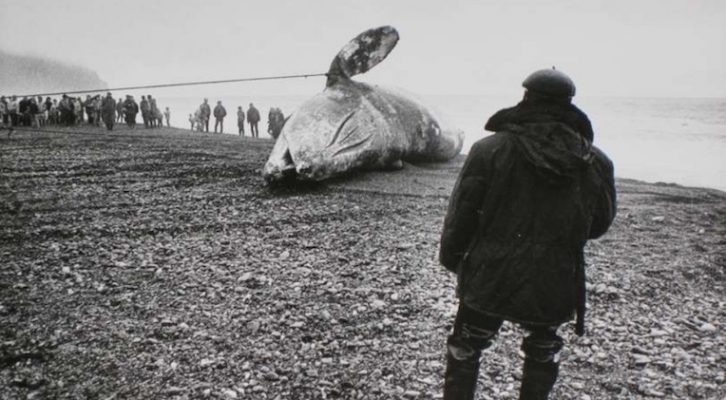Folklore, an intricate tapestry woven from the cultural strands of human history, often encapsulates timeless wisdom. One such captivating tale is “The Boy Who Cried Wolf,” a fable that has transcended generations and continues to resonate in contemporary society. While ostensibly a simple narrative, its underlying themes possess profound implications that remain relevant today. This article examines the fable’s historical context, its moral lessons, and its capacity to foster a paradigm shift in perception.
Historically, fables like “The Boy Who Cried Wolf” were utilized as pedagogical tools, imparting moral lessons to both children and adults within their respective societies. Originating from ancient traditions, these stories reflect the values and lifestyles of the cultures from which they spring. In this particular fable, the protagonist—a shepherd boy—lives in an idyllic village nestled amid picturesque pastures. His mischievousness leads him to feign peril, claiming that a wolf is threatening his flock. However, when a real wolf eventually appears, he cries out for help, only to be met with disbelief from the villagers. This narrative effectively illustrates the perils of deceit, a lesson that echoes across time and geography.
At its core, “The Boy Who Cried Wolf” serves as a powerful admonishment against the erosion of trust. In an era characterized by rapid communication and information dissemination, the implications of dishonesty are magnified. The fable urges contemporary society to consider the ramifications of our words and actions. When trust is routinely undermined, whether in personal relationships or broader societal contexts, the consequences can be detrimental—relationships falter; communities fragment.
The narrative extends beyond the simple cautionary tale of false alarms; it encapsulates the profound importance of credibility. Credibility, the cornerstone of social interaction, hinges upon an individual’s ability to inspire confidence in others. The shepherd boy’s initial deceit diminishes his reliability, and eventually, when he speaks the truth, his community dismisses him. Herein lies the crux of the fable’s enduring relevance: the intricate balance between trust and truth. In a world inundated with misinformation and sensationalism, the tale implores individuals to introspect and evaluate their own contributions to the societal fabric.
Moreover, the dynamics of the story facilitate a shift in perspective regarding societal responsibility. The villagers’ reaction to the boy’s cries sheds light on the collective responsibility to foster a culture of vigilance and integrity. The moral charge presented in the fable is not solely directed towards the boy; it invites scrutiny of societal norms that enable or discourage mendacity. The ethical landscape becomes complicated when one considers how the actions of a singular individual reverberate through their community.
The narrative also engages its audience by piquing curiosity regarding the nature of truth and deception. What compels an individual to resort to dishonesty? This question is crucial in understanding the psychological underpinnings of the shepherd boy’s actions. Perhaps the desire for attention and validation overshadows the innate human tendency towards authenticity. This exploration of motivation encourages a deeper comprehension of human behavior and the societal structures that influence it. Acknowledging our vulnerabilities can lead to more empathetic interactions and an overarching commitment to truthfulness.
Furthermore, the fable extends an invitation to engage in critical discourse surrounding authority and power structures. When the boy falsely raises the alarm, he manipulates the villagers’ reliance on communal safety mechanisms. Therein lies a reflection of broader societal dynamics, where individuals in positions of authority may exploit their roles to manipulate or mislead. Addressing the implications of this manipulation fosters a critical awareness among audiences concerning the narratives that shape their realities.
In contemplating the lessons espoused by “The Boy Who Cried Wolf,” one must also consider its applications across various domains: education, politics, and personal relationships. In educational settings, the tale can serve as a springboard for discussions on the ramifications of dishonesty within academic integrity. Politically, it underscores the importance of transparent governance and the dangers of obfuscation in public discourse. On a personal level, it reminds individuals to cultivate authenticity within their relationships to foster deeper connections.
In concluding this exploration, it is essential to acknowledge that while folklore may be steeped in antiquity, its lessons remain vibrantly pertinent. The staggering breadth of applications possessed by “The Boy Who Cried Wolf” illustrates the inherent potential of fables to illuminate critical aspects of the human experience. They encourage a profound examination of morals, ethics, and social constructs within our contemporary existence, serving as mirrors reflecting our collective consciousness.
This fable’s enduring legacy lies not only in its simple narrative but also in its profound insights into the complexities of human behavior, societal norms, and the vital importance of trust. As we navigate the complexities of modern life, we would do well to heed the lessons of the past. Through the examination of folklore, we discover that these ancient tales possess a remarkable ability to resonate across generations, imbued with relevance and wisdom that can guide us in our pursuit of truth, integrity, and understanding.
